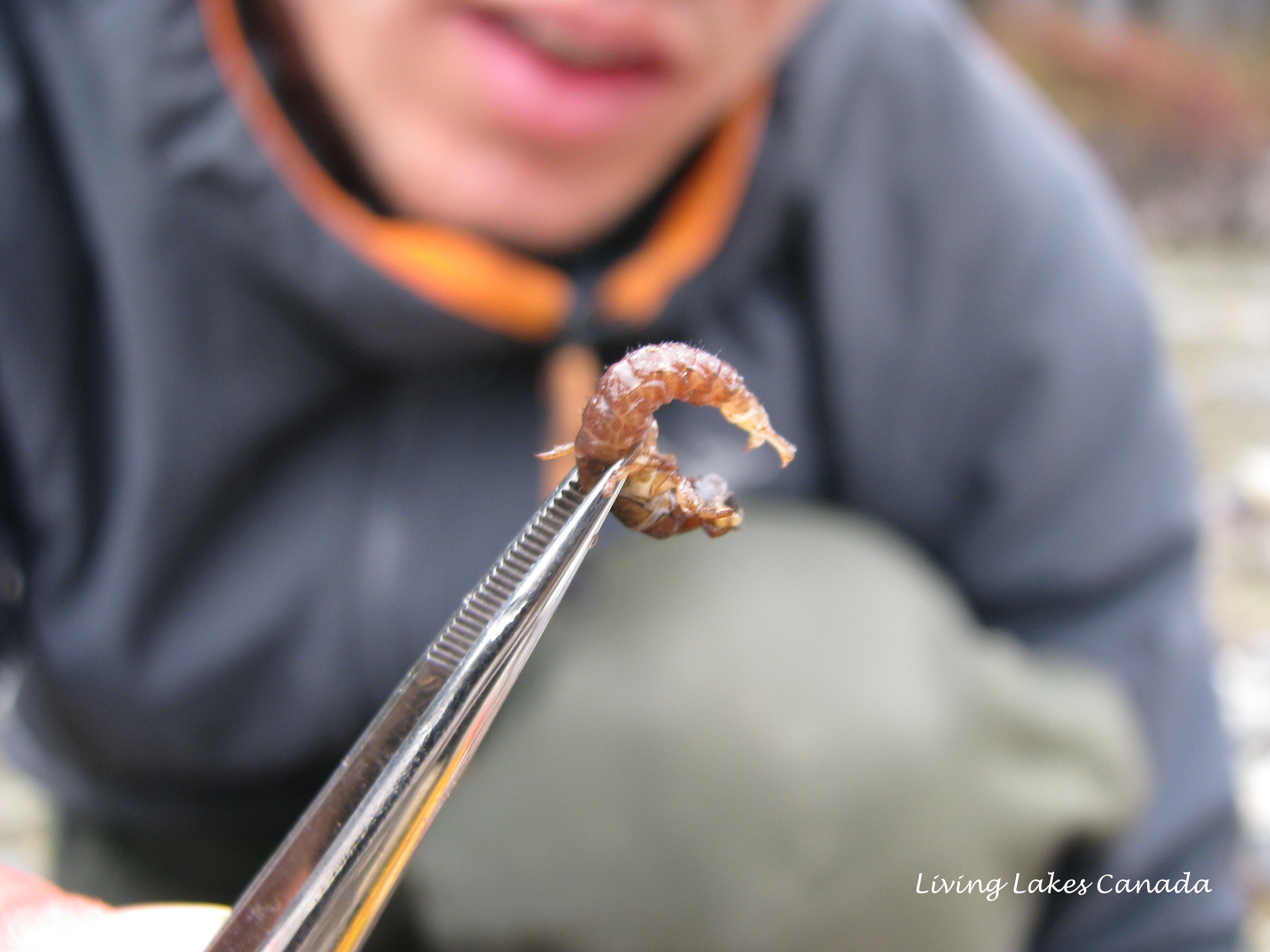Meet the spineless bottom-dwellers key to water quality assessments
For Canada Water Week, March 21 to 27, explore freshwater issues at the heart of WWF-Canada’s work.
What’s in a name? For species known as benthic macro-invertebrates, the name is quite revealing.
- Benthic: The bottom of a body of water, a river bed for example.
- Macro: Large enough to be seen with the naked eye.
- Invertebrates: No backbone.

So, benthic macro-invertebrates are spineless bottom dwelling species that are big enough to see without a microscope.
While it’s not the most flattering description, they do have a lot going for them. The flies, beetles, aquatic worms, snails, leeches and other benthic macro-invertebrates that live at the bottom of the river reveal a lot about the health of a freshwater system, and play an important link in the aquatic food chain. This is why we assess benthic macro-invertebrates as one of four key indicators of freshwater health in our Watershed Reports.
The approach we take for assessing benthic health is fairly straightforward. We know that some species of benthic macro-invertebrates are more vulnerable than others to pollutants and other sources of human-caused disturbances. Using existing benthic monitoring data from as many sources as we can access from across the country, we look at whether a river contains a large number and diversity of species that are sensitive to ecological disturbance. If those sensitive species are missing, it may be an indicator of poor aquatic health.
To date, we’ve completed Watershed Reports for about half of the country. Where we have been able to access sufficient benthic monitoring data, the health score for this indicator is generally good. However, this is only one part of the story. For the large majority of the country, we were not able to access enough benthic monitoring data to confidently assign it a health score. The national results for benthic health clearly illustrates the extent to which data deficiency is a problem.
We know that despite our best efforts to collect as much data as possible, there is more data out there that we were unable to access. This is partly due to the fragmented nature of benthic monitoring, which makes it difficult to locate where data may be stored. In some cases, even when we know where to find the data, receiving permission to actually access it can also be a barrier.
Without question there is considerable value in benthic monitoring. However, for the full value of this data to be harnessed, researchers and decision makers need to know where to find it and how to access it. Bridging this gap would certainly go a long way in helping us better understand and protect the health of our waters.
